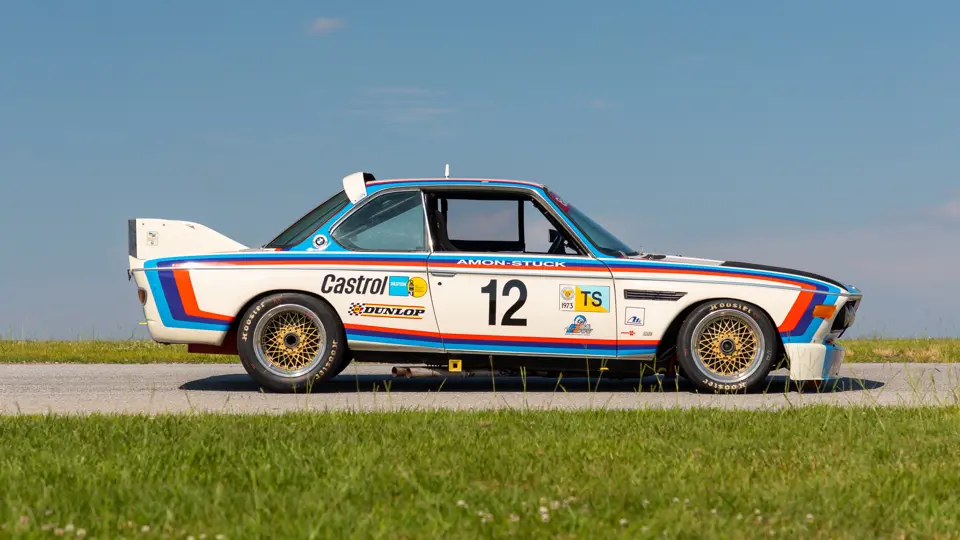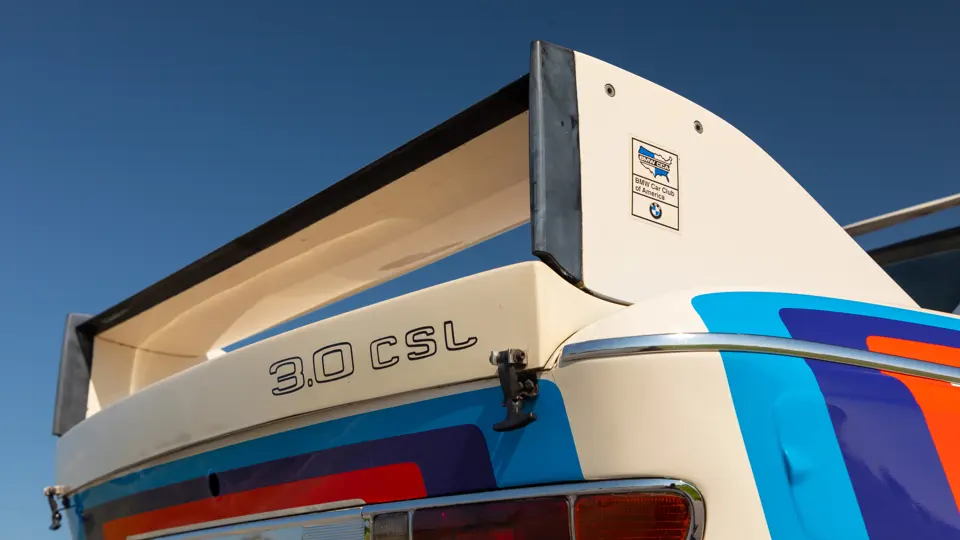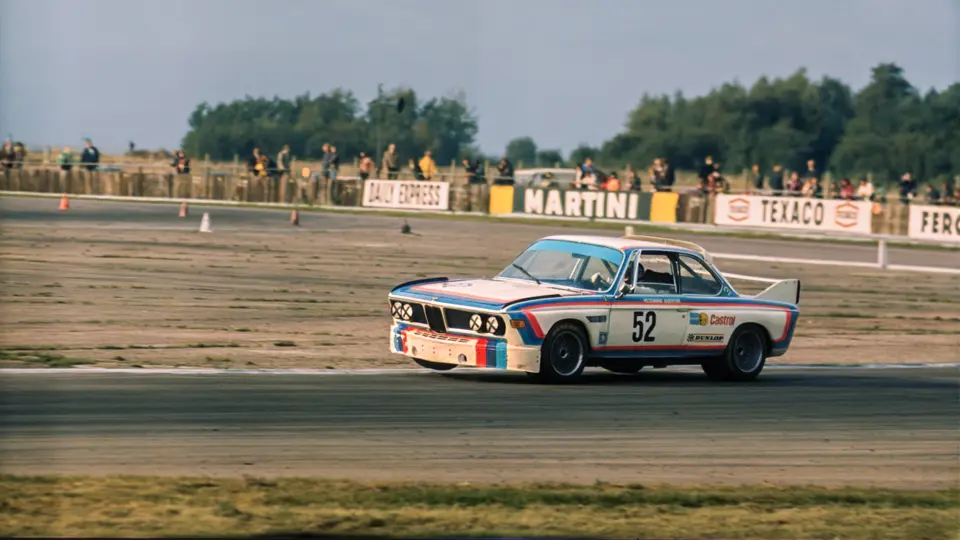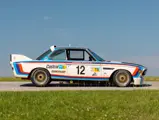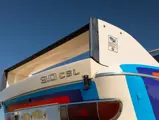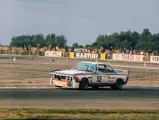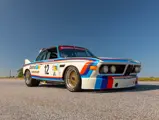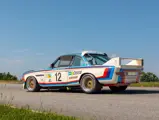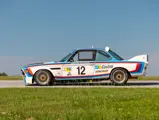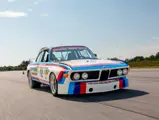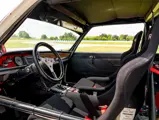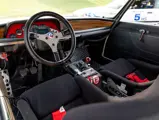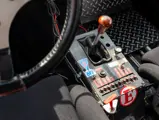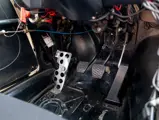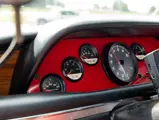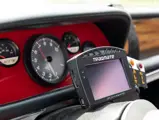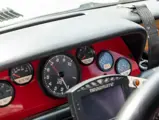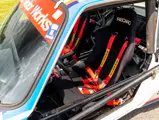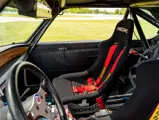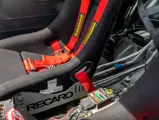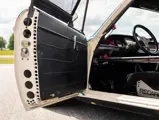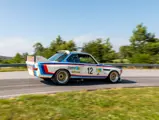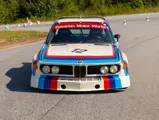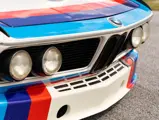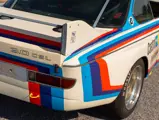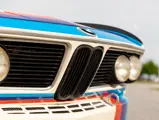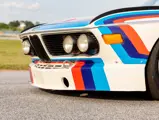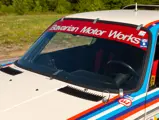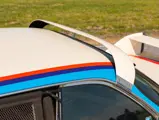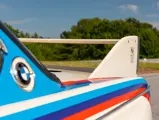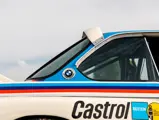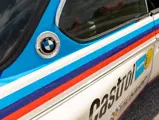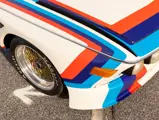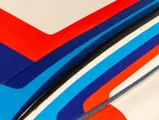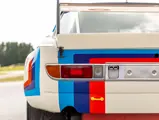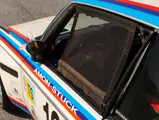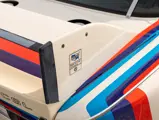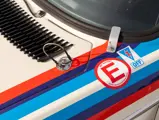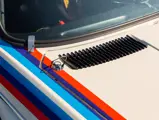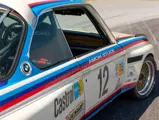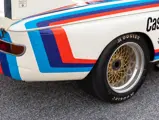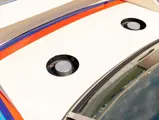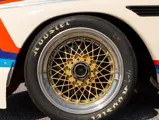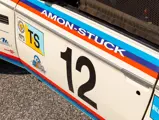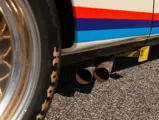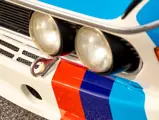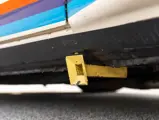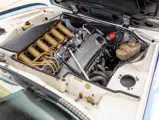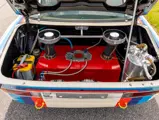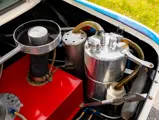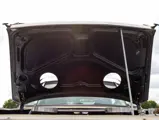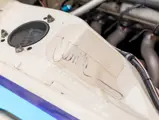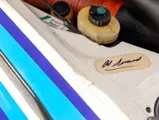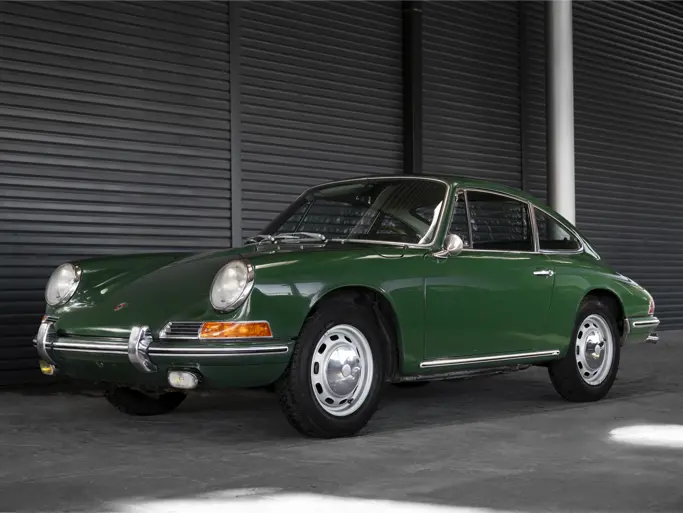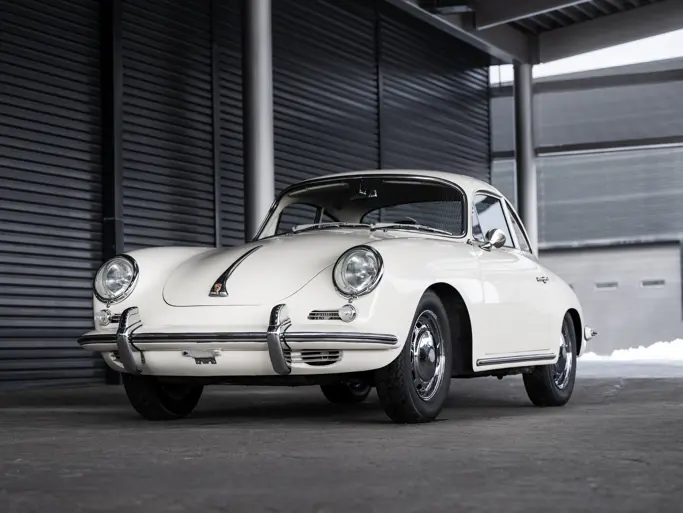
1973 BMW 3.0 CSL
{{lr.item.text}}
$800,000 - $1,000,000 USD | Not Sold
{{bidding.lot.reserveStatusFormatted}}
- A true works-delivered BMW 3.0 CSL entered in the 1973 European Touring Car Championship
- Used by Hurtig Team Libra in the 1974 IMSA GT and SCCA Trans Am championships
- Driven by Daniel Muniz at the 12 Hours of Sebring 1975
- Wonderfully restored to approximate 1973 Group 2 Specification
Perhaps the most recognizable BMW racecar of all time, the 3.0 CSL holds a unique position in the history of the Bavarian marque. After the appointment of Bob Lutz to the board of the company in 1972, he then acquired Ford’s Head of Motorsport Jochen Neerpasch to become BMW’s lead racing engineer within the newly formed BMW Motorsport GmbH. The group’s first project would be a works return to touring car racing with the code E9 chassis, and thus began the CSL project.
This moniker, Coupé Sport Leichtbau, represents the modifications made to the chassis in order to homologate the car for racing. Featuring the two-valve code M30 inline six-cylinder with fuel injection, the engine was modified over the course of production, eventually moving up to a slightly larger 3,003-cubic-centimeters displacement, and finally to 3,153. In competition specification, the engine would grow to an even larger 3,498 cubic centimeters with a four-valve head. Roughly 470 pounds had been stripped from the chassis thanks to the use of plastic windows, aluminum components, and thinner-gauge steel. In 1973, an updated CSL debuted with the most iconic modification of all, the “Batmobile” aerodynamic devices. With help from Alpina, a large air dam, fender fins, a rear windshield spoiler, and a large rear wing were added to the body and worked together to provide a much-needed reduction of drag and lift. In this specification, the BMW would go on to a successful and lengthy motorsport career.
According to a BMW Mobile Tradition Certificate on file, The BMW 3.0 CSL on offer, chassis 2275997, was completed in May 1973 and received by BMW Motorsport GmbH to run as a factory-backed, FIA Group 2-specification car. With racing drivers Hans-Joachim Stuck, Chris Amon, Toine Hezemans, and Dieter Quester offering their services to the team for the 1973 European Touring Car Championship, the group achieved four victories throughout the eight-event calendar—resulting in BMW winning the manufacturers’ championship and Hezemans winning the drivers' title. As shown on BMW movement reports, chassis 2275997 was one of two team cars sent to the 24 Hours of Spa, Nürburgring 1000 Km, 4 Hours of Zandvoort, and the 6 Hours of Nürburgring in 1973. The car additionally participated in the 1973 RAC Tourist Trophy at Silverstone Circuit with Dieter Quester and Toine Hezemans behind the wheel. While undoubtedly a car used by the BMW Motorsports team throughout the year, a letter from BMW of North America Motorsports manager Erik Wensberg states the specific racing history is unknown and unlikely to exist within company records.
After this successful year of racing, BMW sold this car to Hurtig Team Libra, a racing team based in Burlington, Vermont. Remarkably, the sales documentation for this transaction exists within the files for the car and detail spare items that accompanied the car at the time. Throughout 1974 the team would enter two CSL race cars in select IMSA GT Championship and SCCA Trans-Am events, but at the end of the season, chassis 2275997 was sold to wealthy Mexican racer, Daniel Muniz. He would take the car to the 12 Hours of Sebring in 1975 and after qualifying in 16th position, his race ended as a DNF.
In 1981, the car was sold to prominent Illinois-based collector Bill Jacobs. Shortly after, in the early 1980s, Jim Campbell of Intersport Racing took ownership. In 1984 the car was listed for sale in AutoWeek as a no-expense-spared restored ex-works CSL. At this point Richard Conway purchased the car, and after completing further mechanical work proceeded to campaign the BMW at a great number of vintage racing events. Eventually, it was decided to return the car back to the closest approximation of its Group 2 specification of 1973. During this project, BMW allowed Conway to take molds of a different CSL in their collection in order to feature correct Group 2 bodywork. Currently, the car is powered by a 3.2-liter code M30 two-valve engine.
In 2008, the CSL was sold to the current owner, an enthusiast of the marque, and he would continue to enter the car in Sportscar Vintage Racing Association events and even Le Mans Classic in 2012. The car remains eligible for vintage racing and a collection of invoices from this current period of ownership are on file and detail the continual work performed to keep the car ready for competition.
A true works BMW 3.0 CSL race car, the sale of chassis 2275997 represents a rare opportunity to acquire a piece of racing history. Well-maintained by its caretakers for the past four decades, the car has enjoyed a lengthy career in the vintage racing scene and will surely continue to be enjoyed in future events by its next lucky owner.


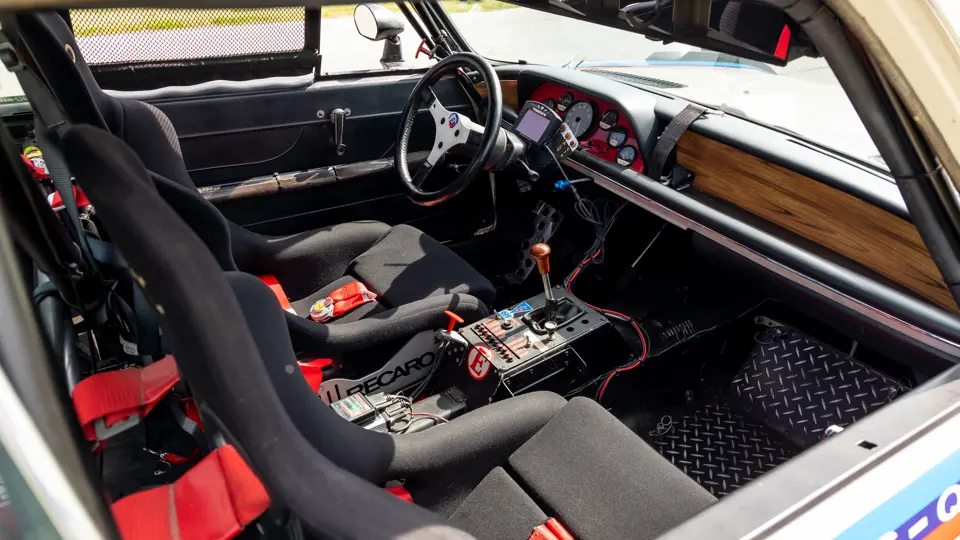

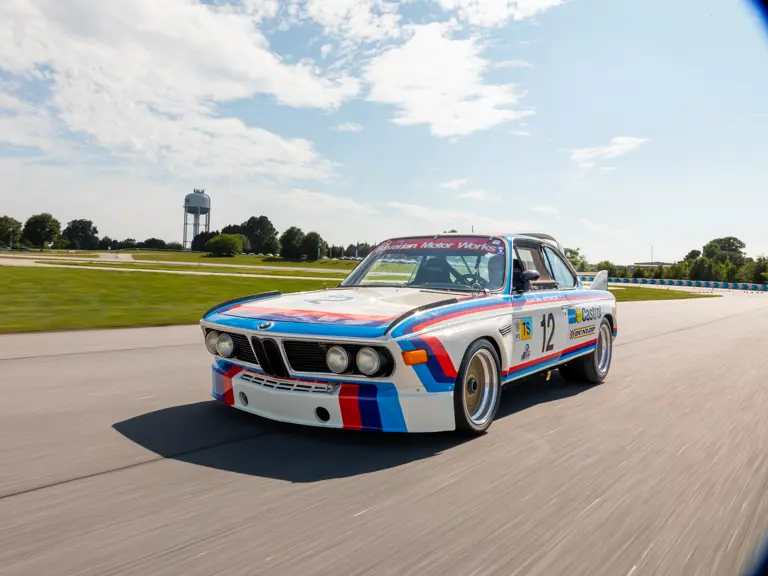

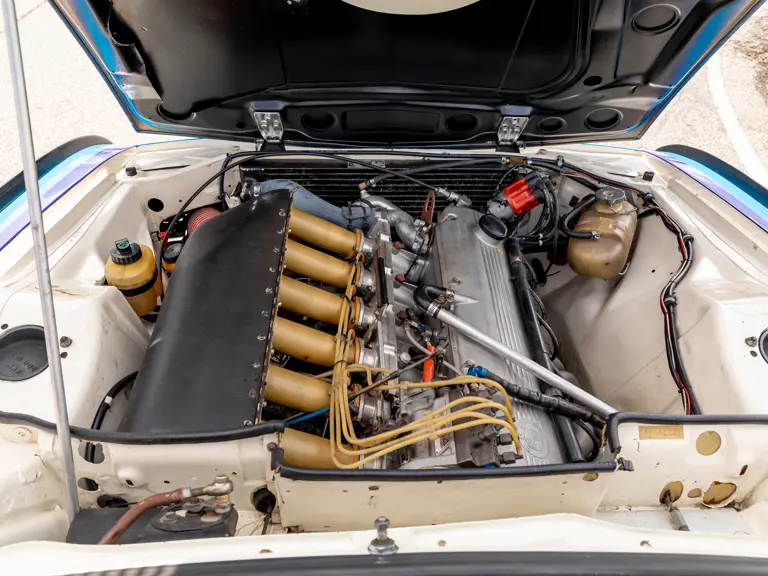
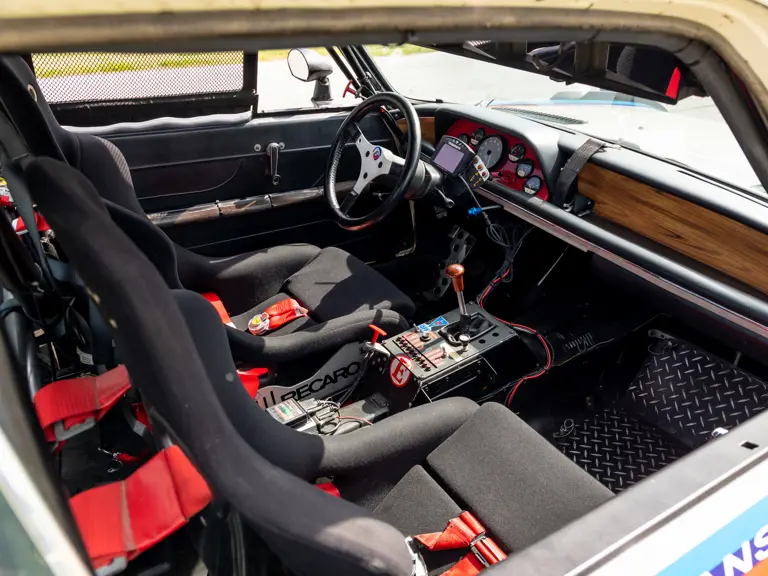
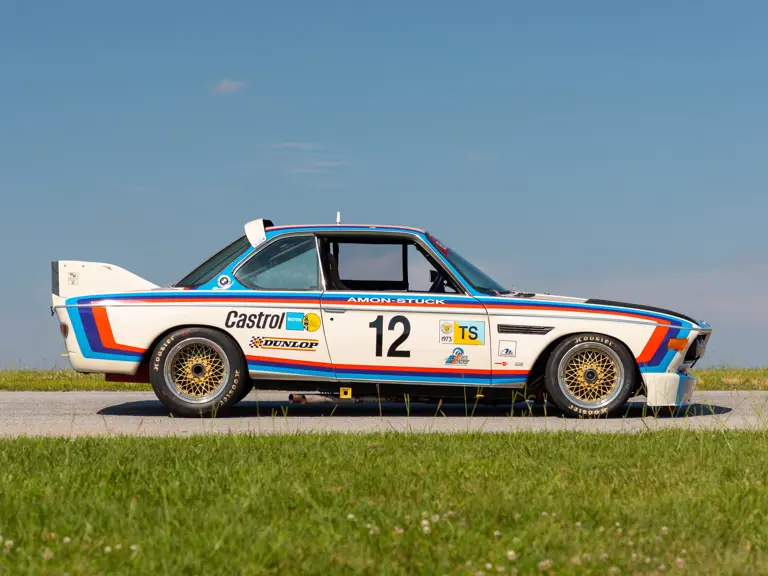
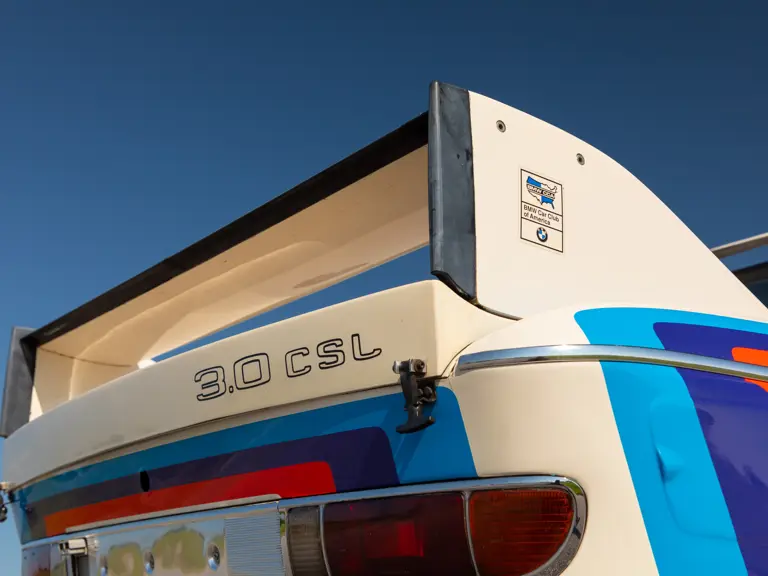


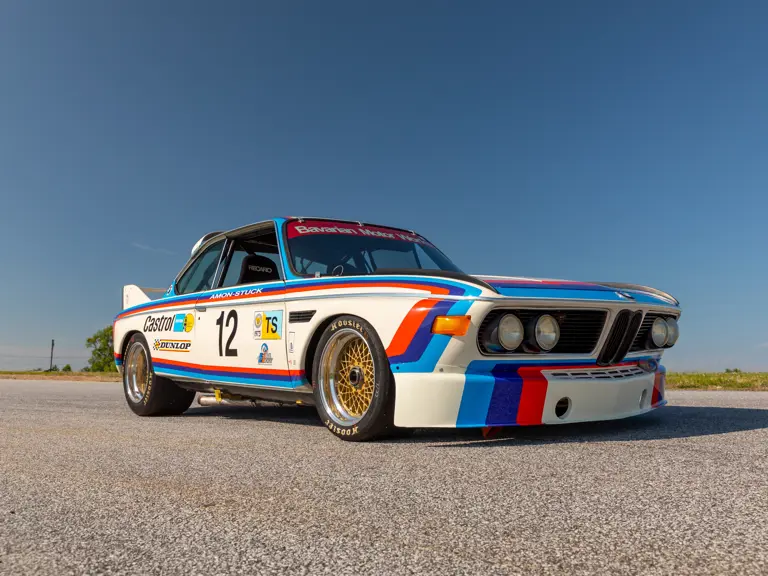
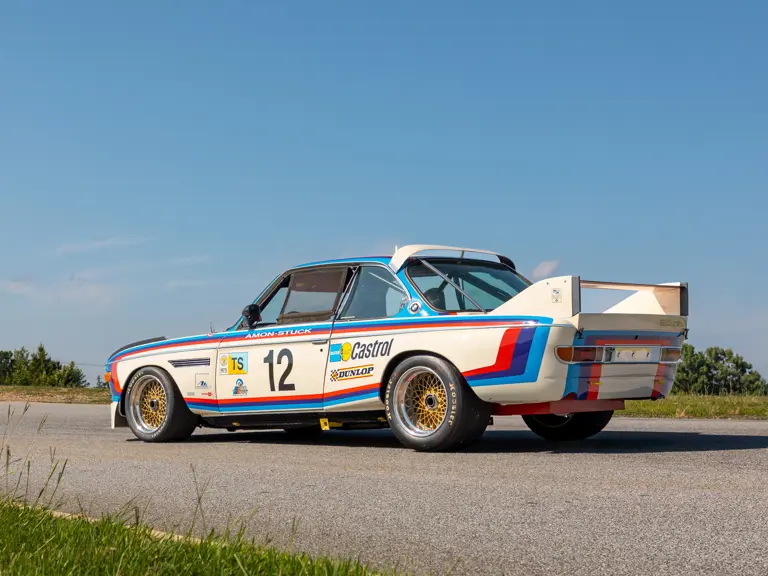
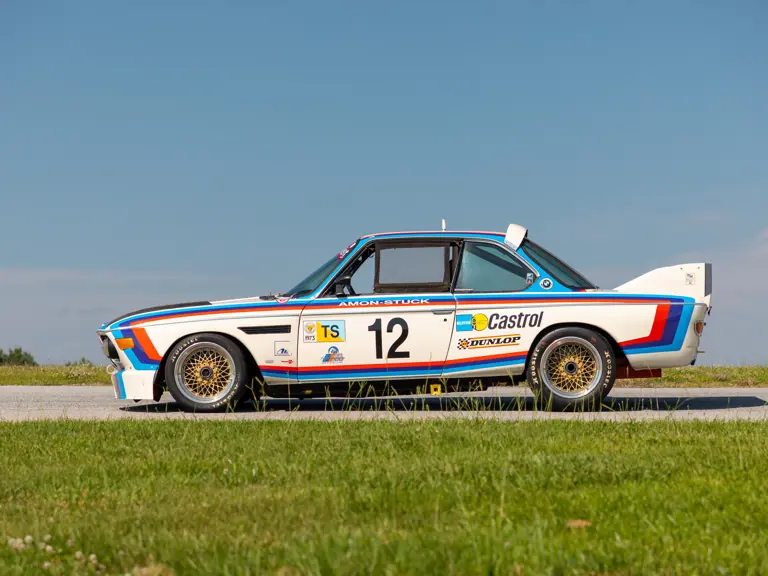
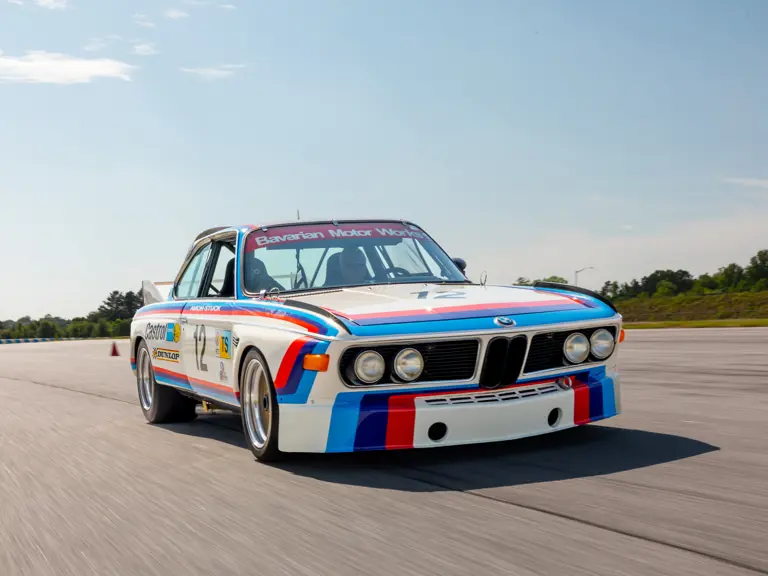
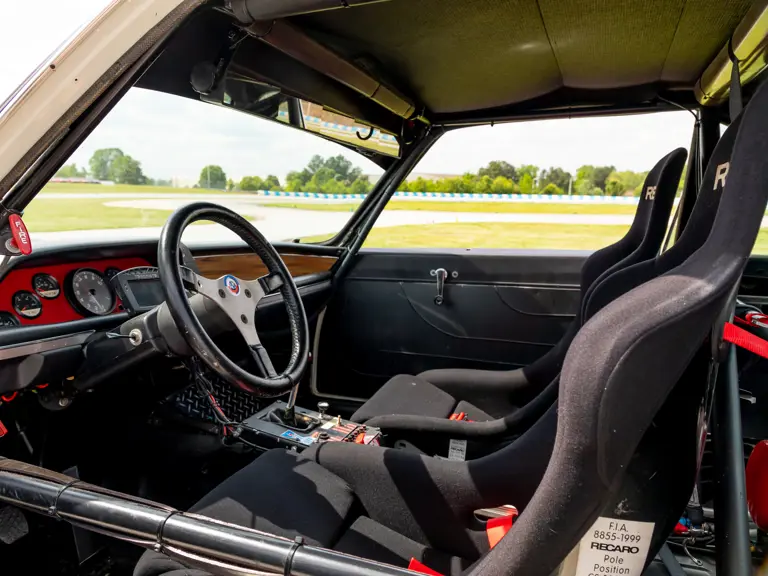

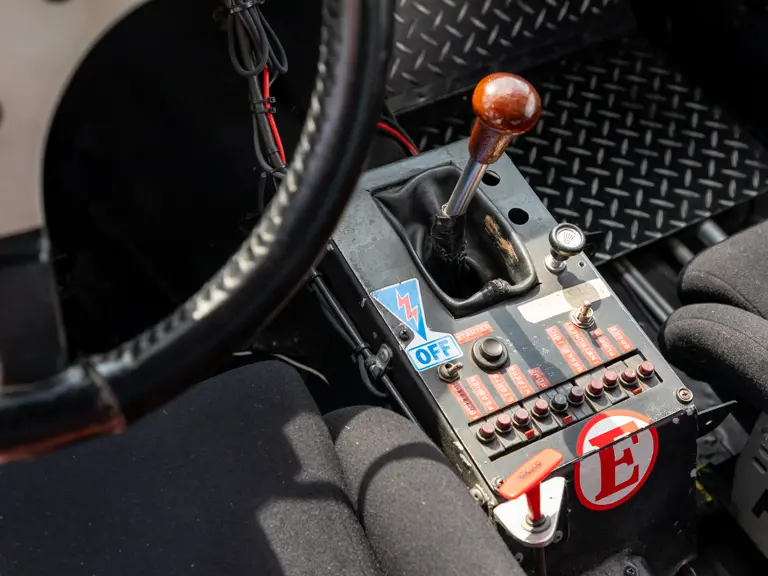
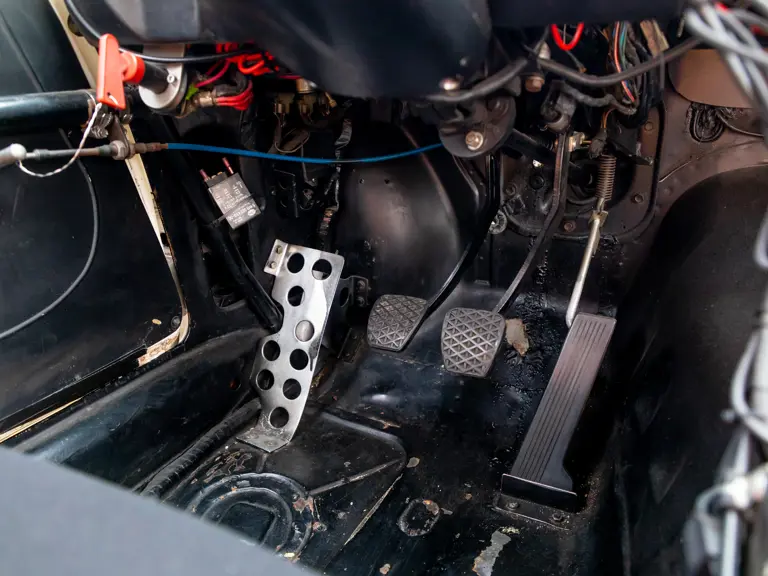
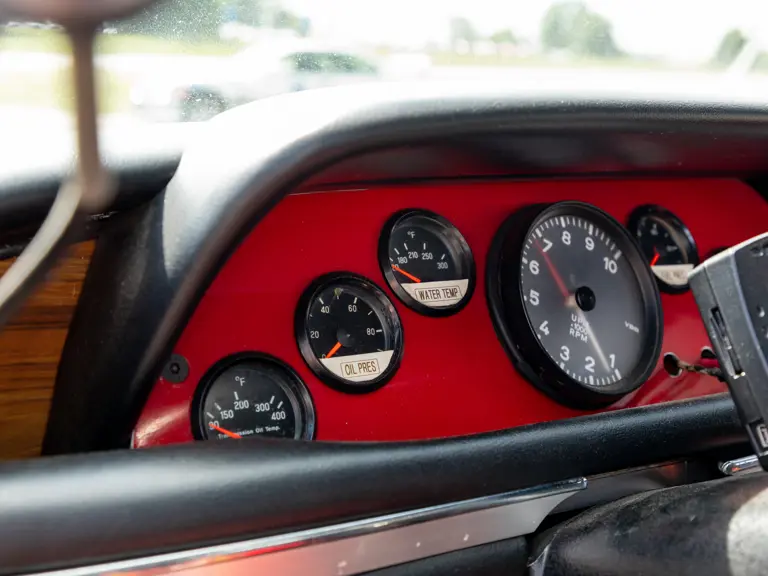

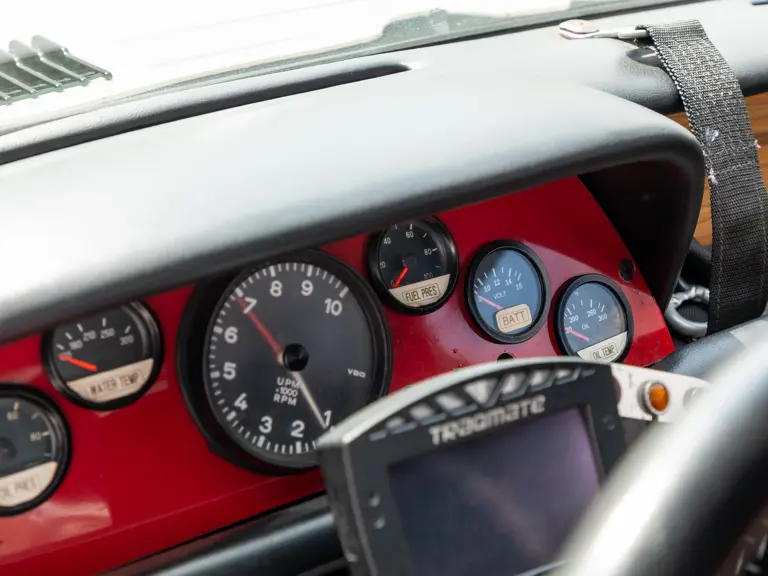


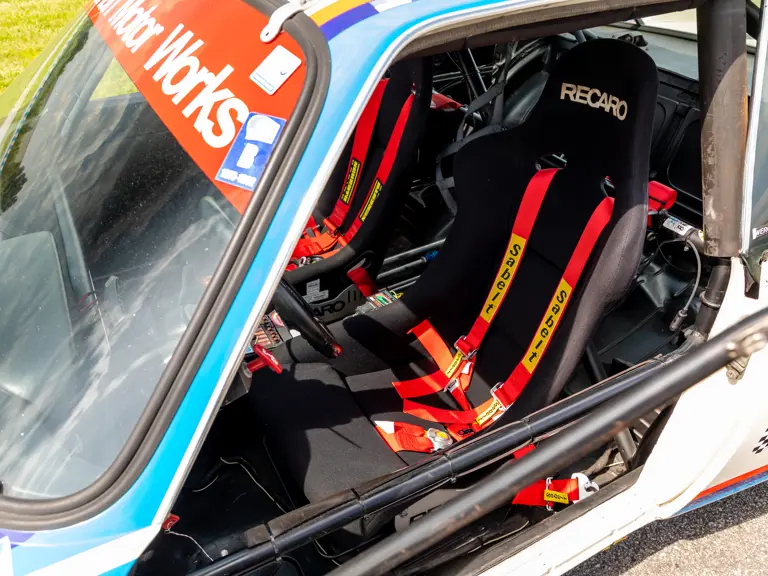
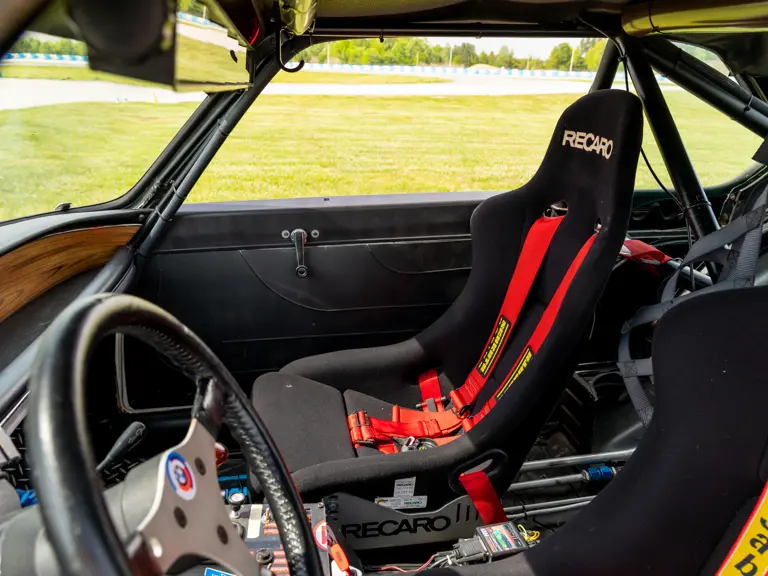
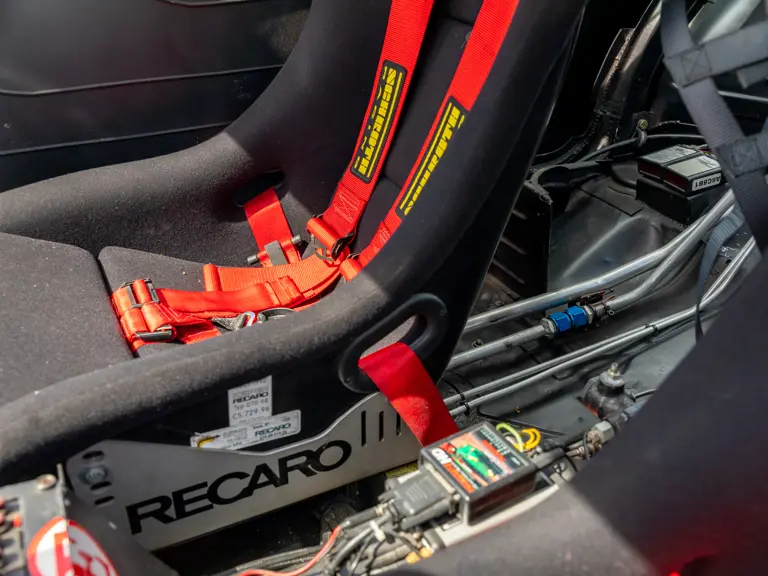

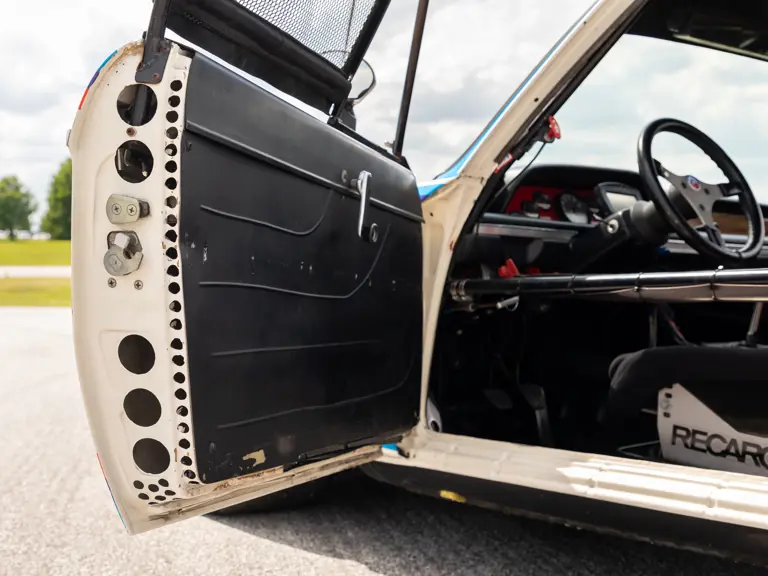
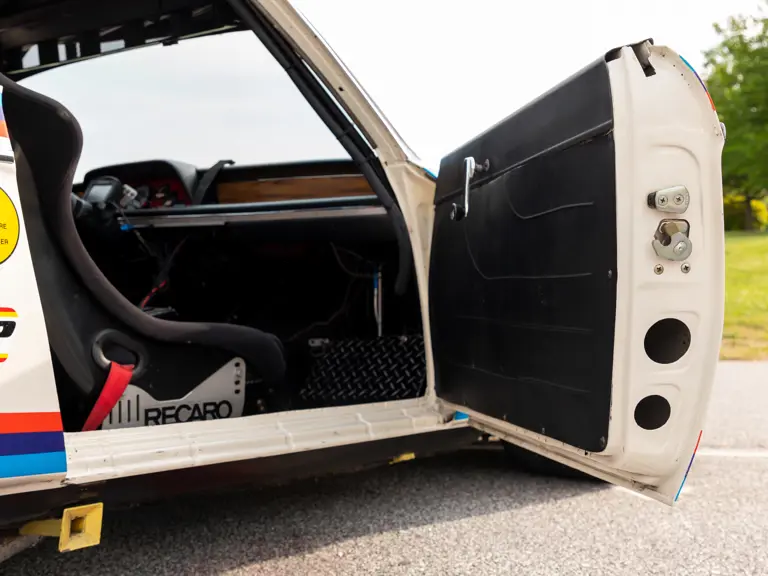
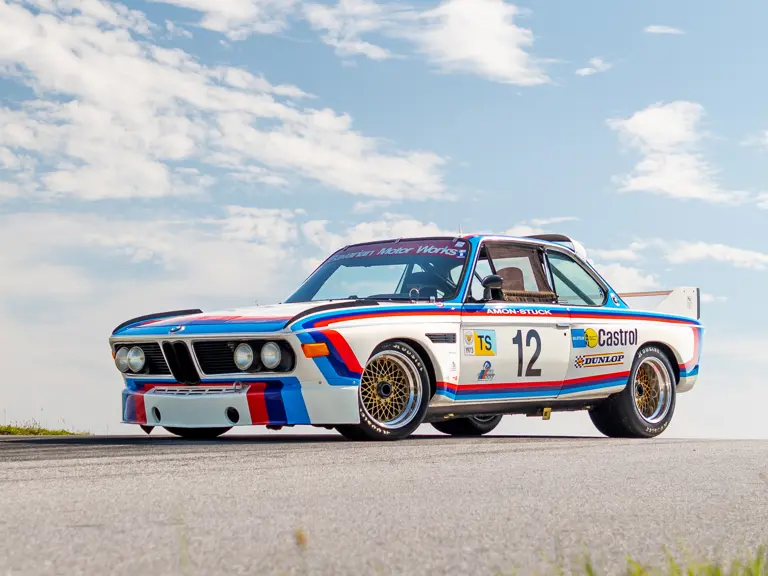


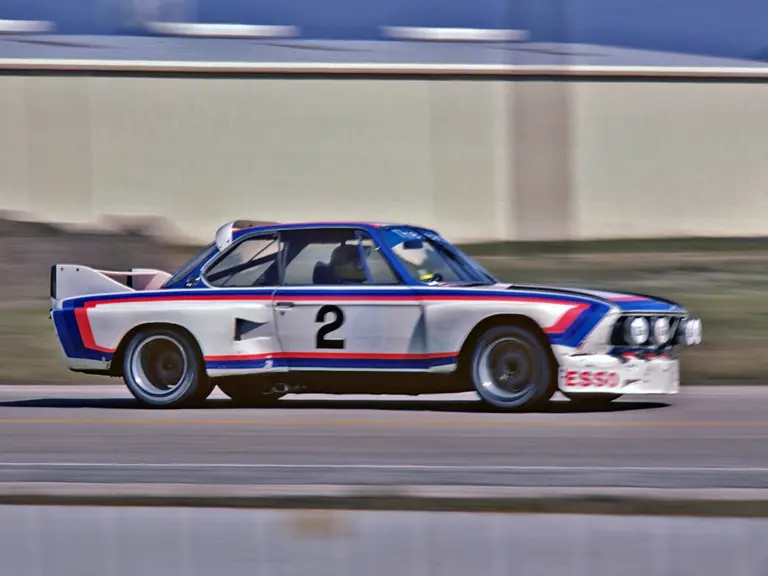
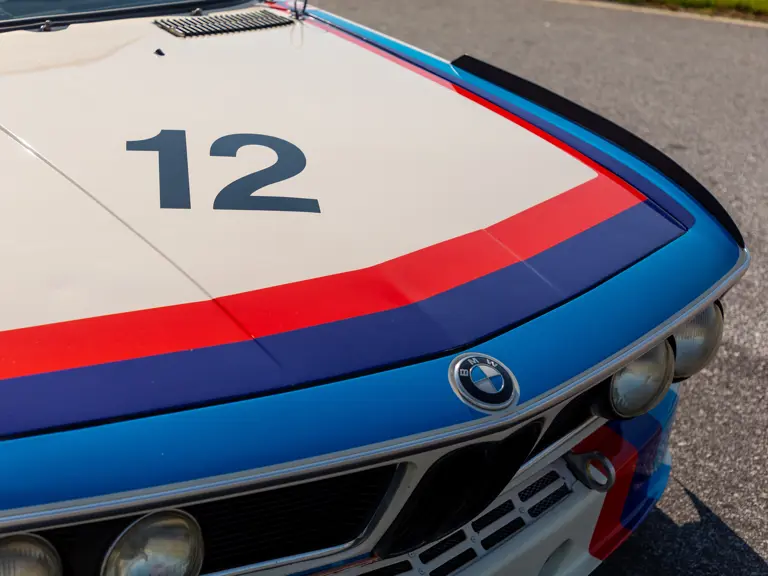

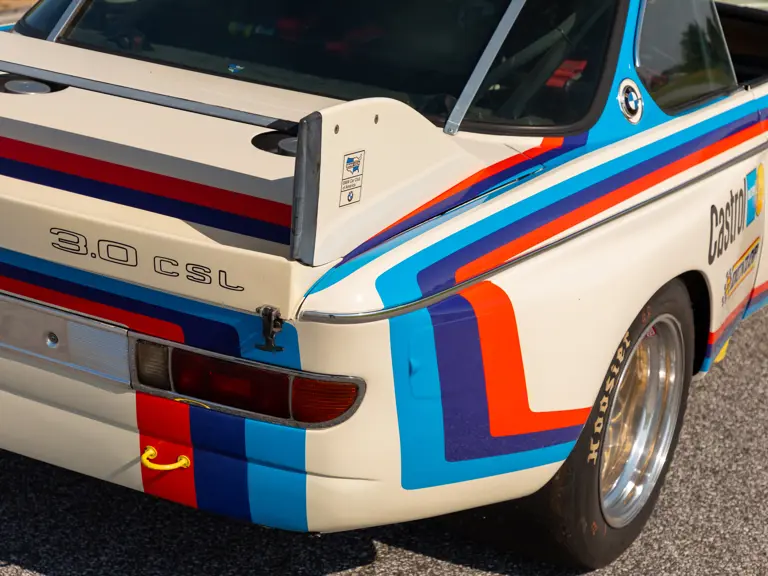
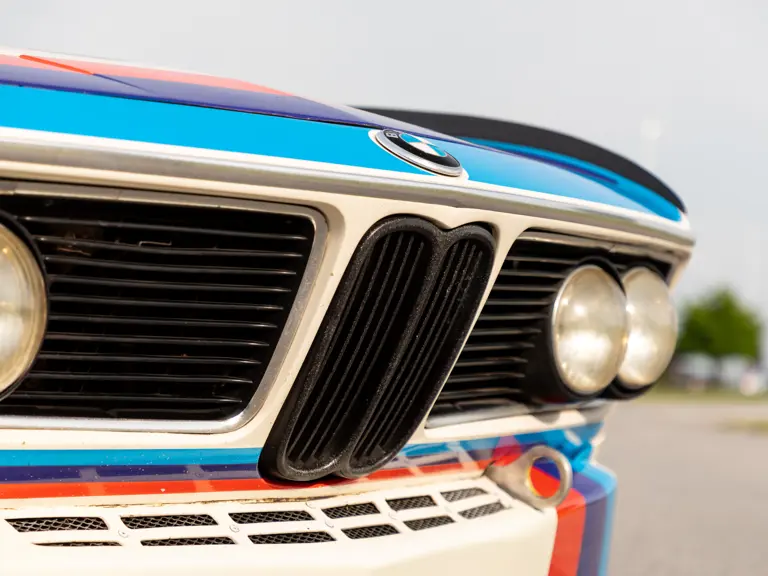
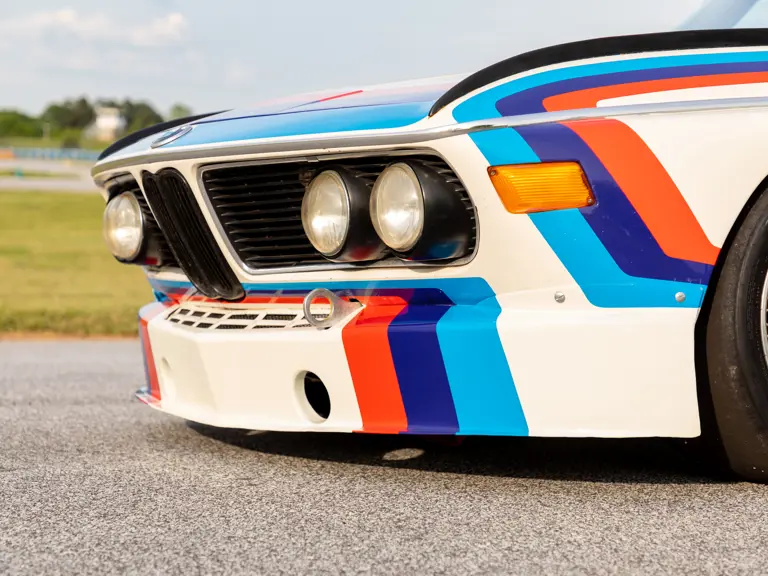

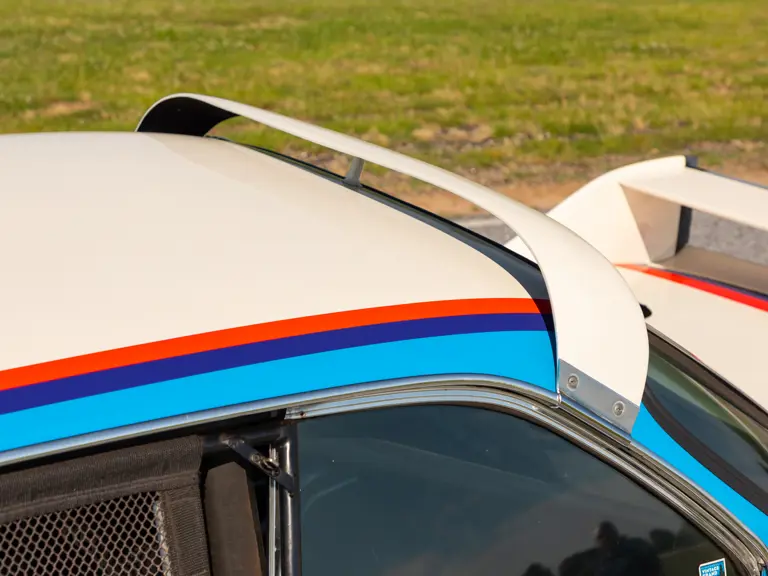
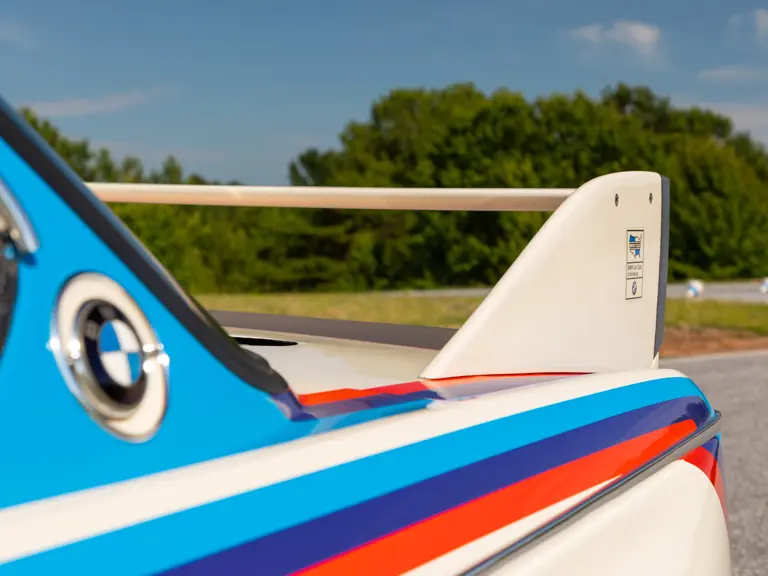

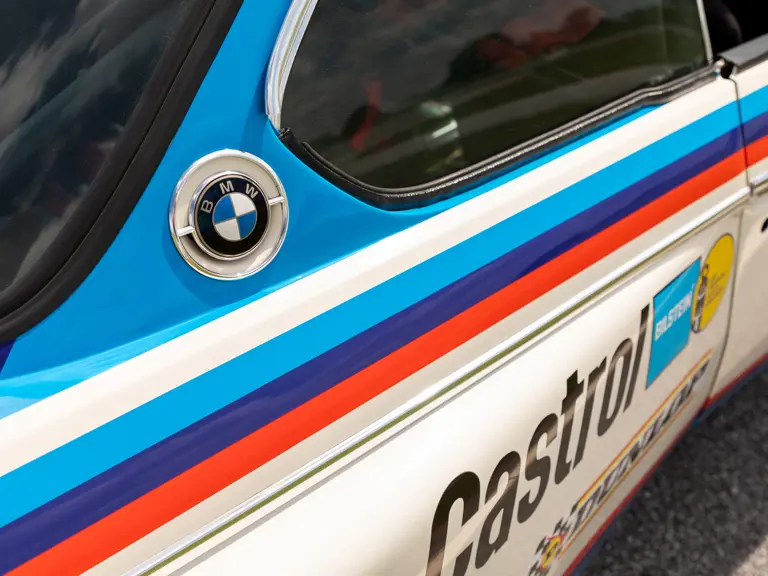
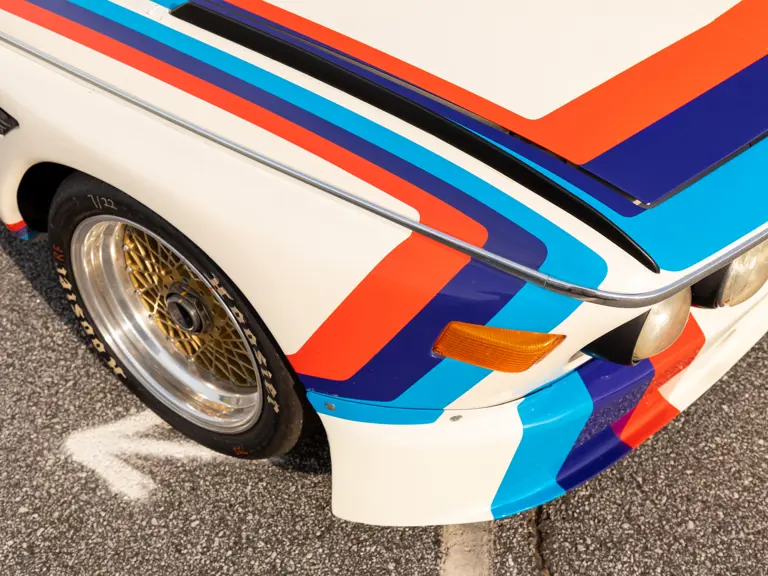
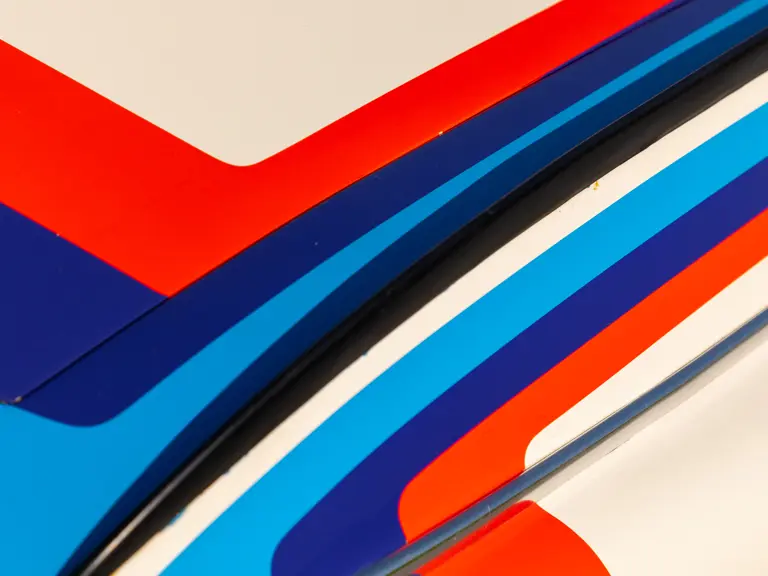
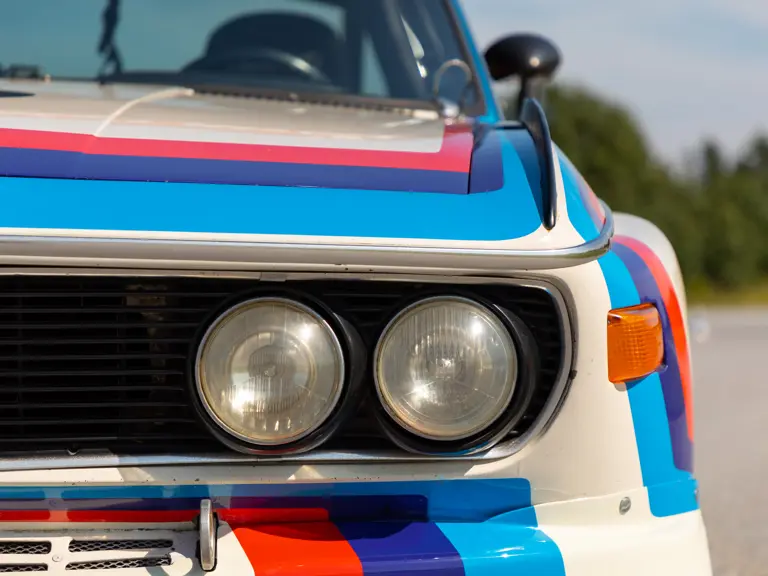
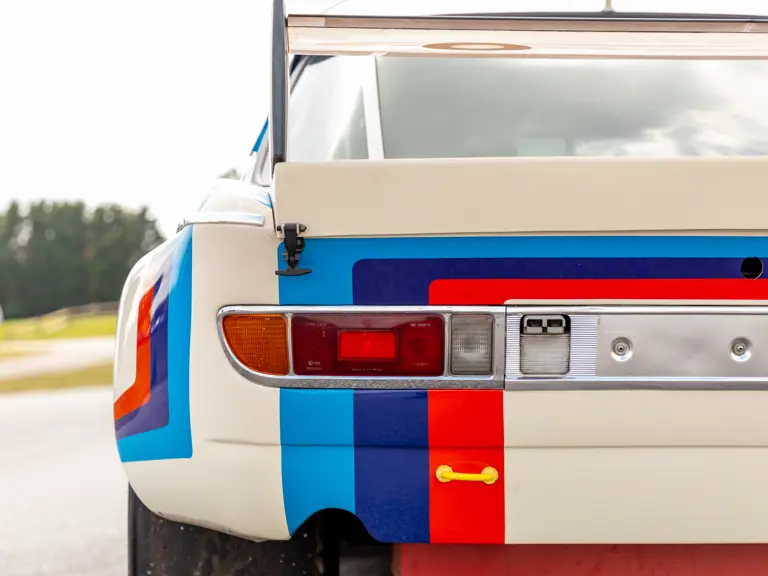
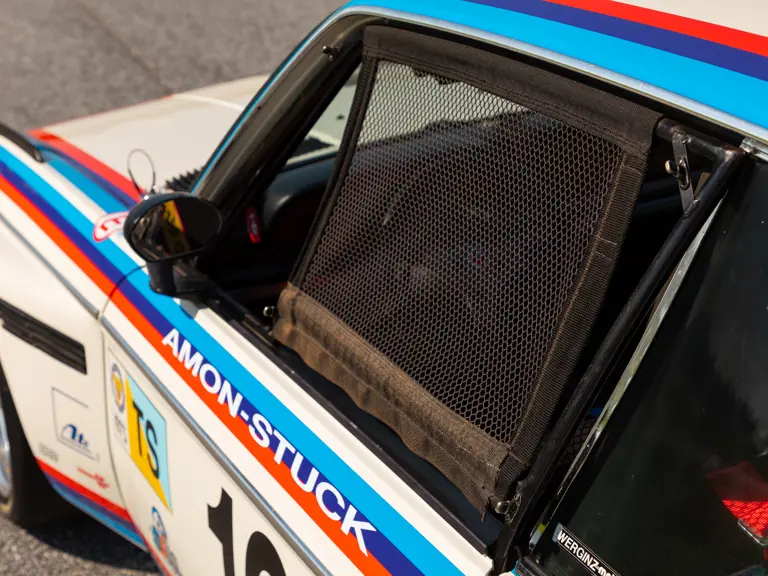
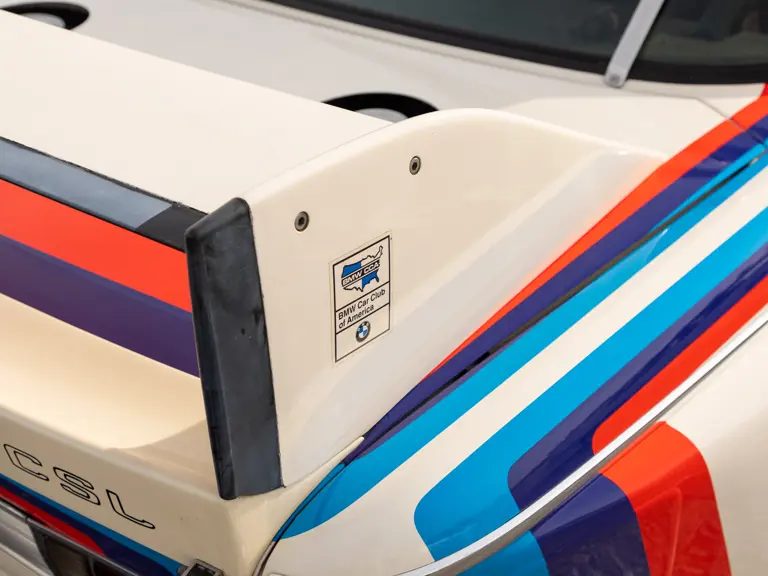
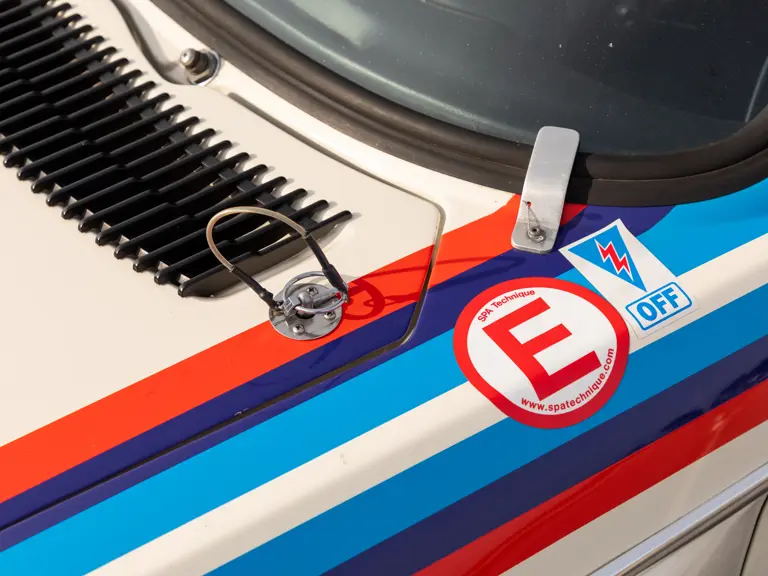
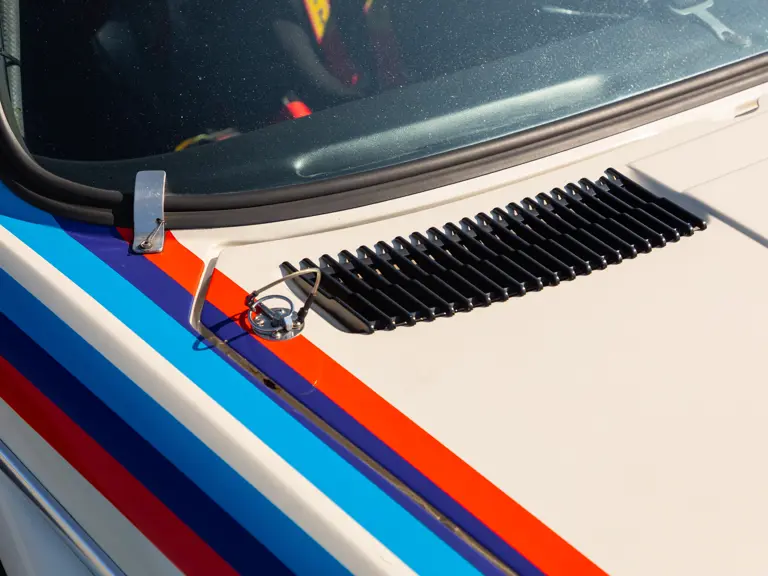
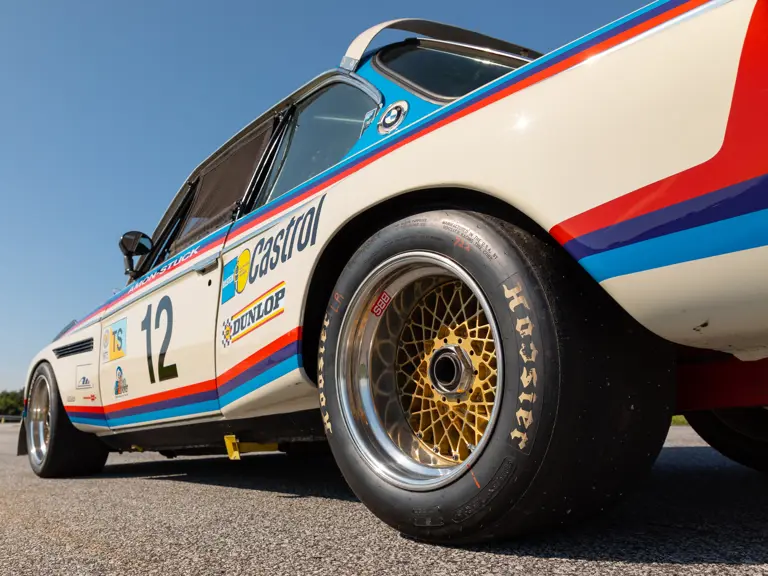
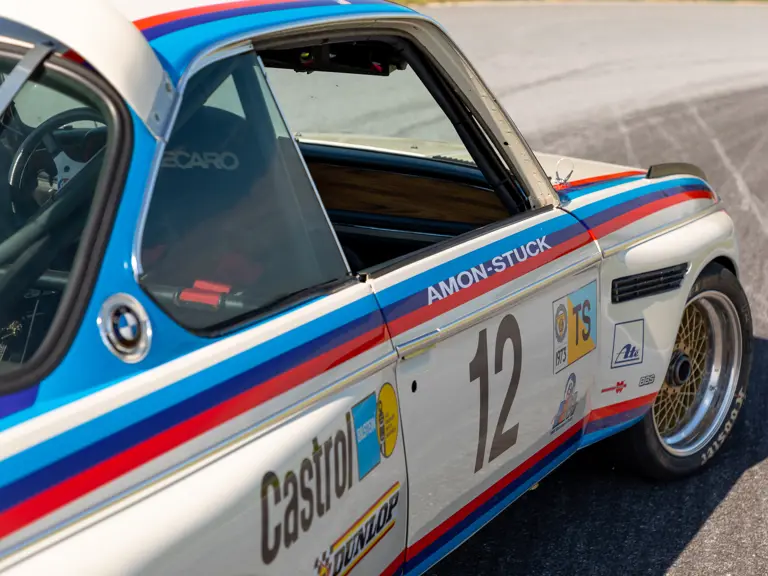
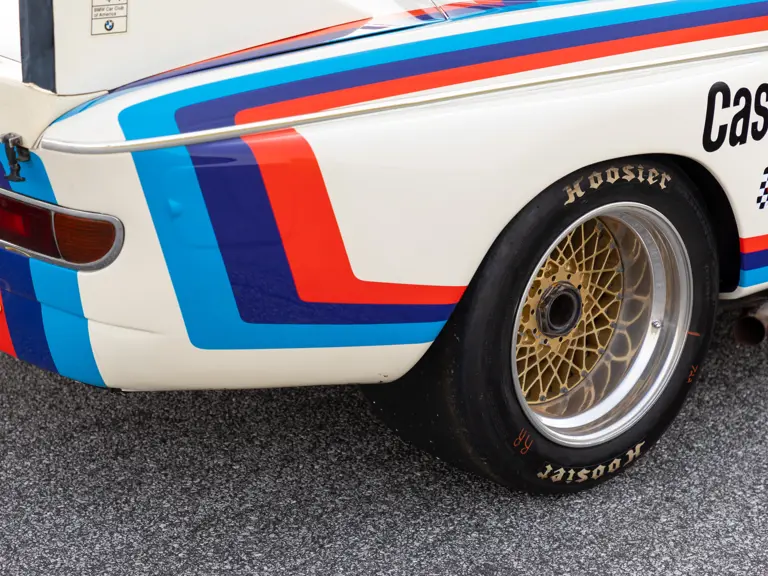

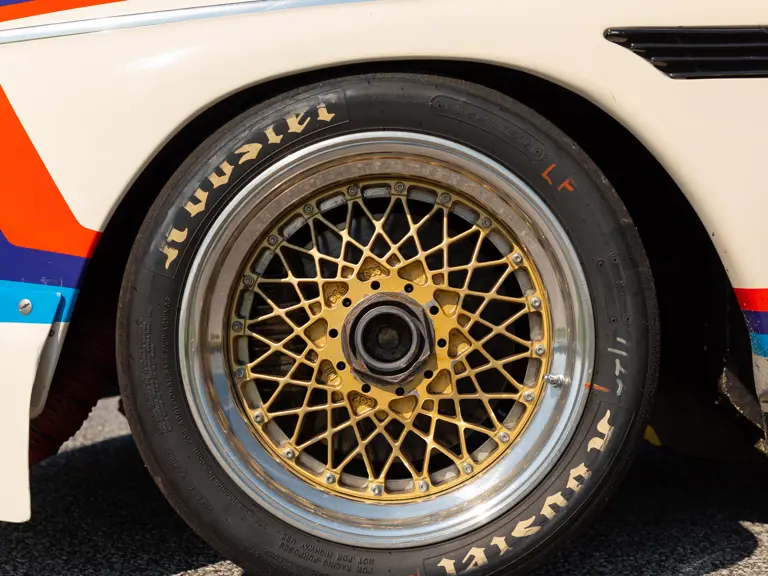
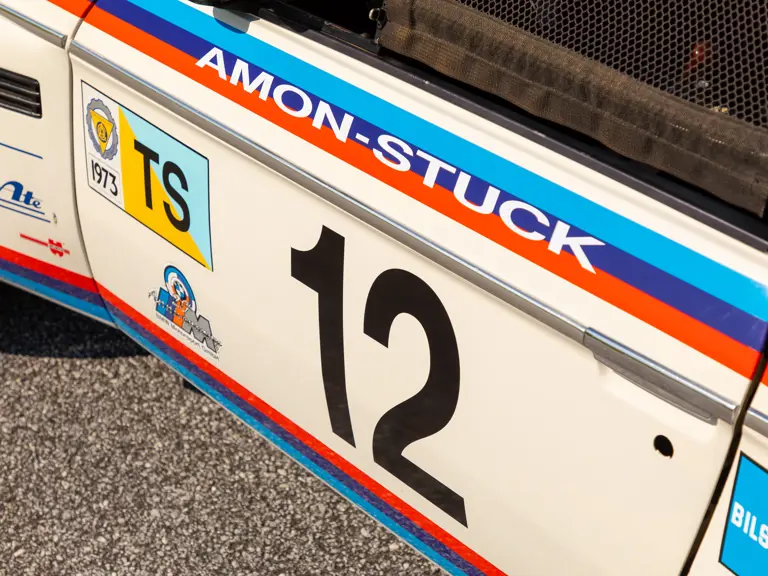
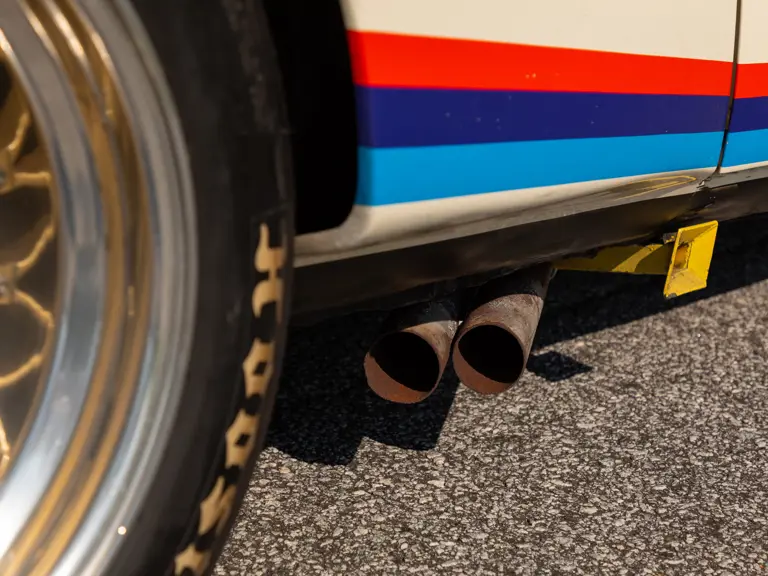
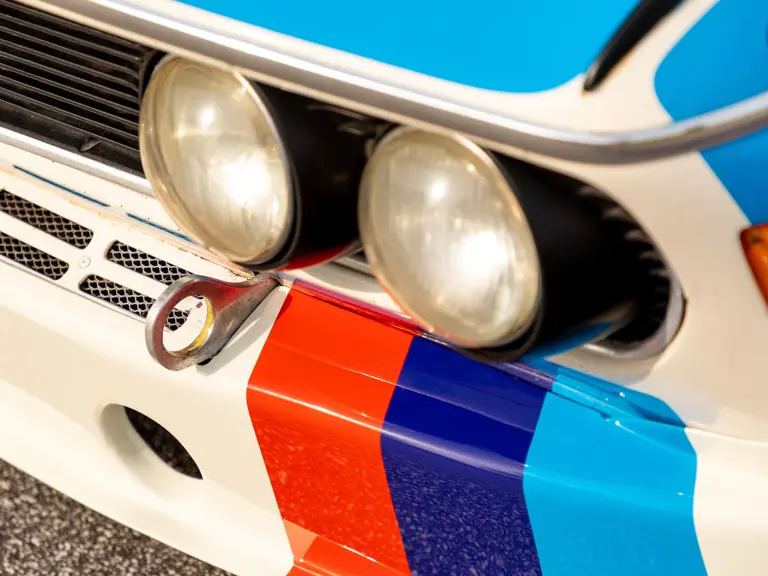

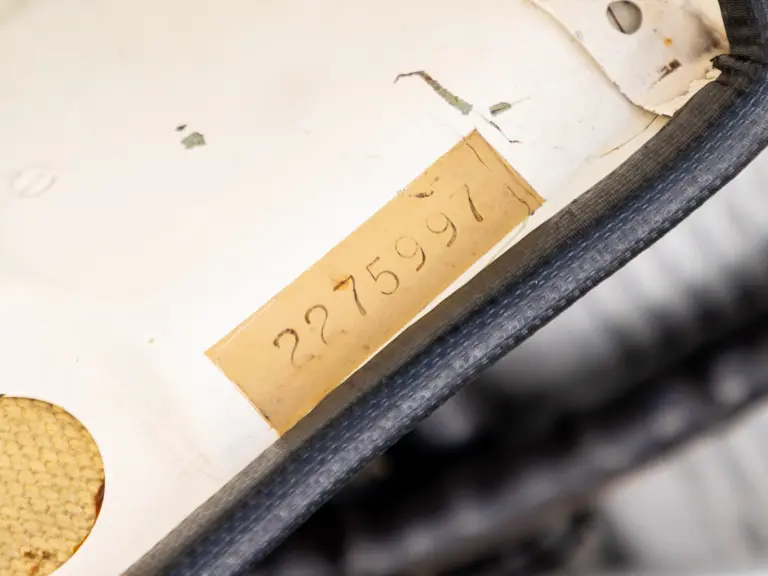
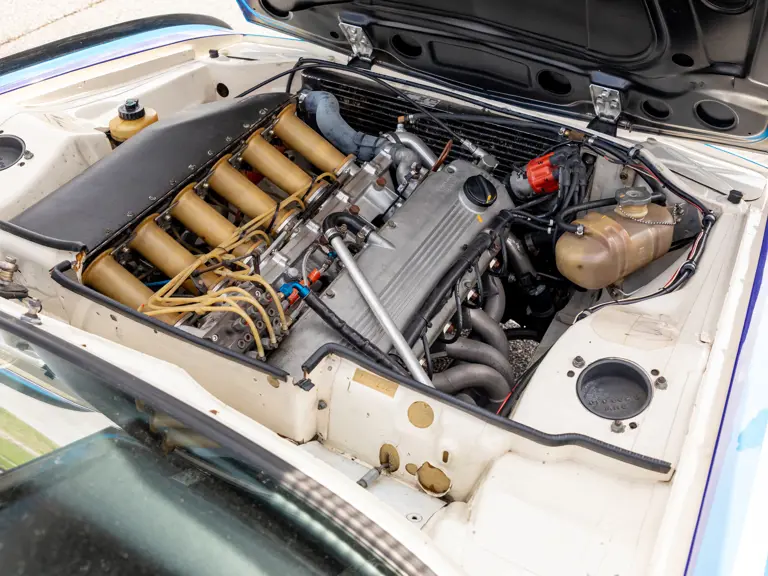

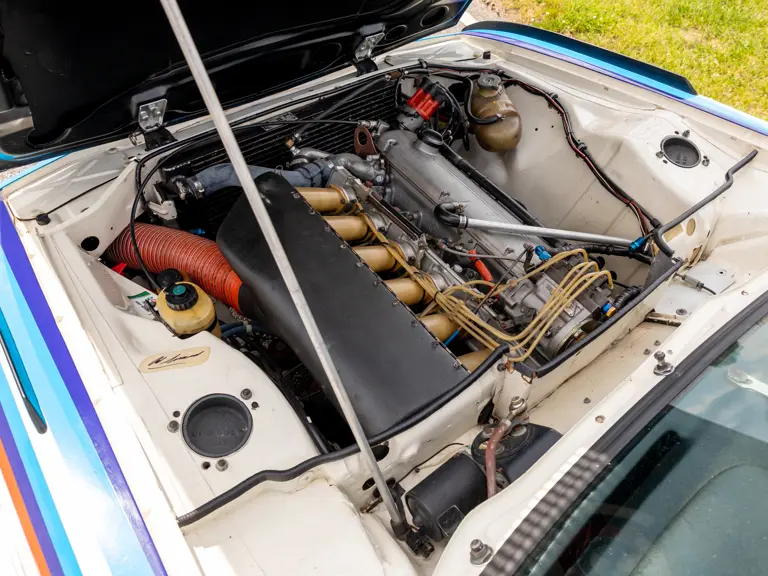
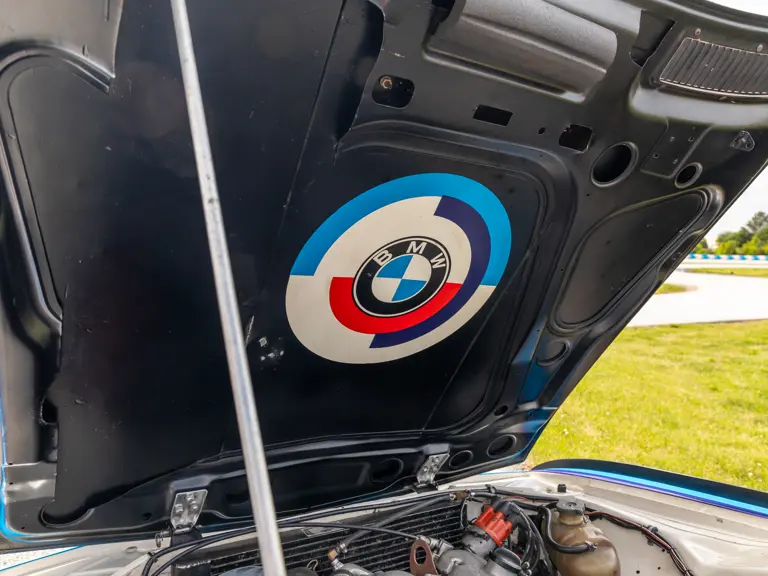
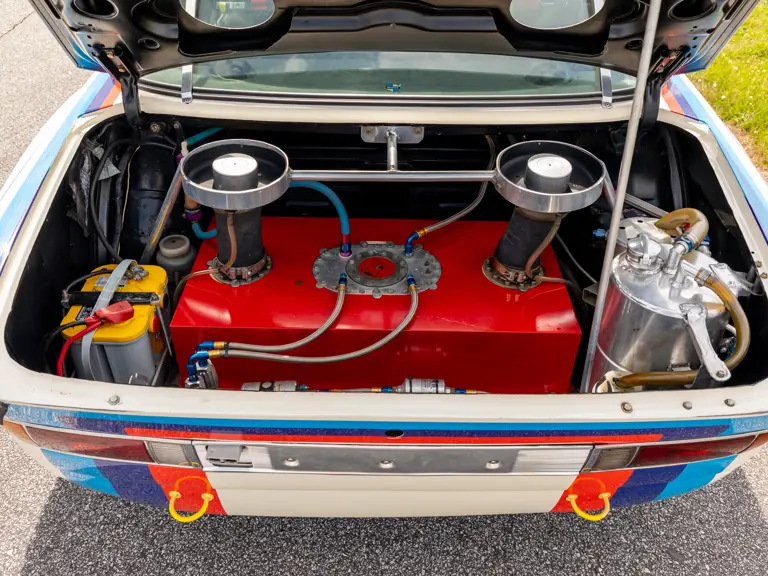
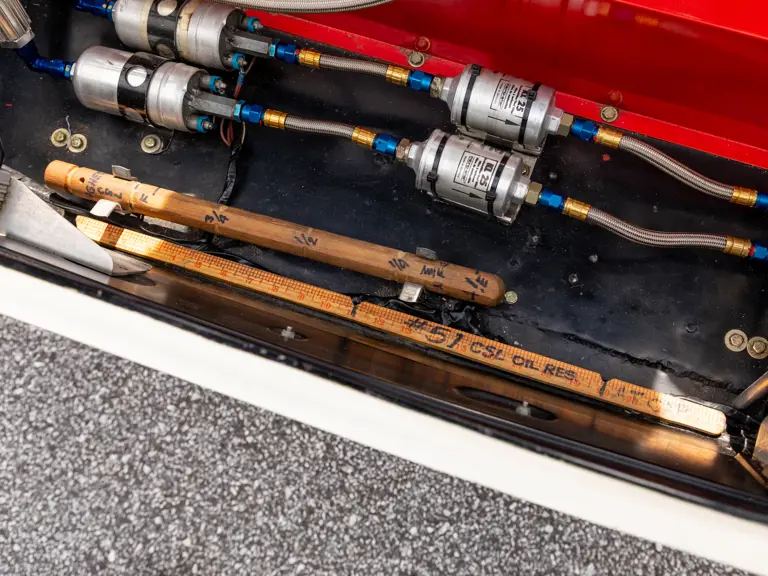
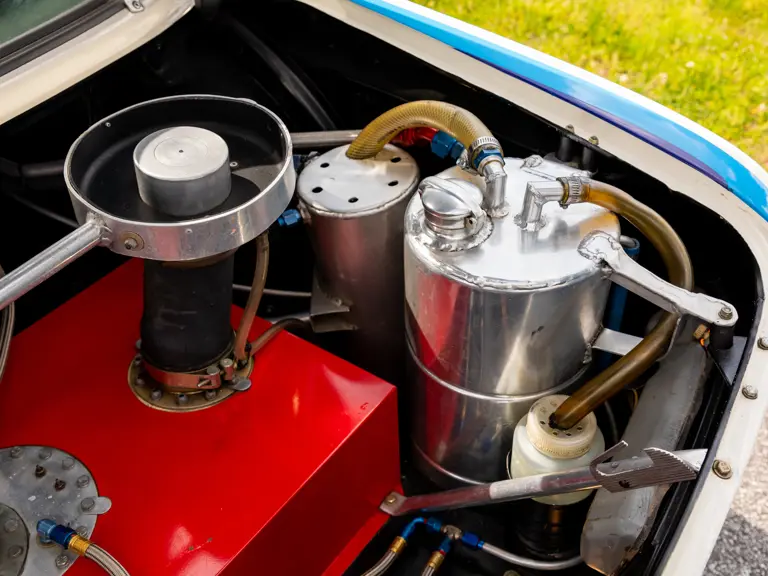
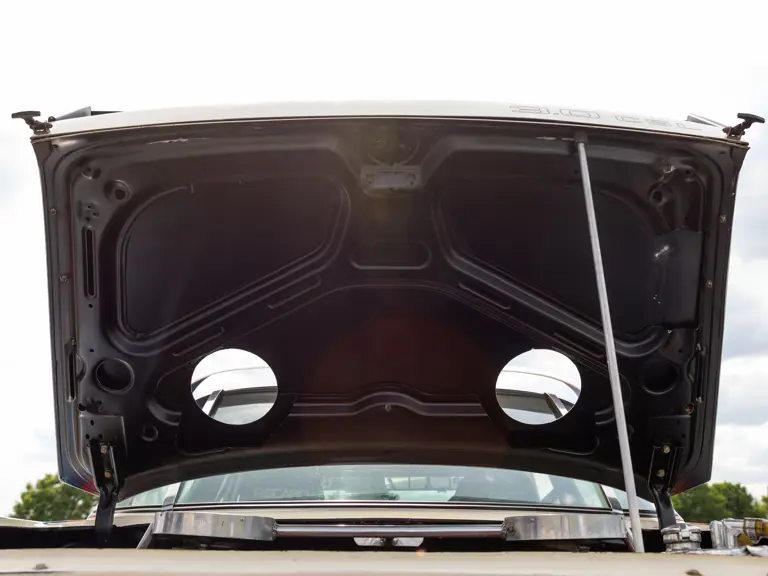
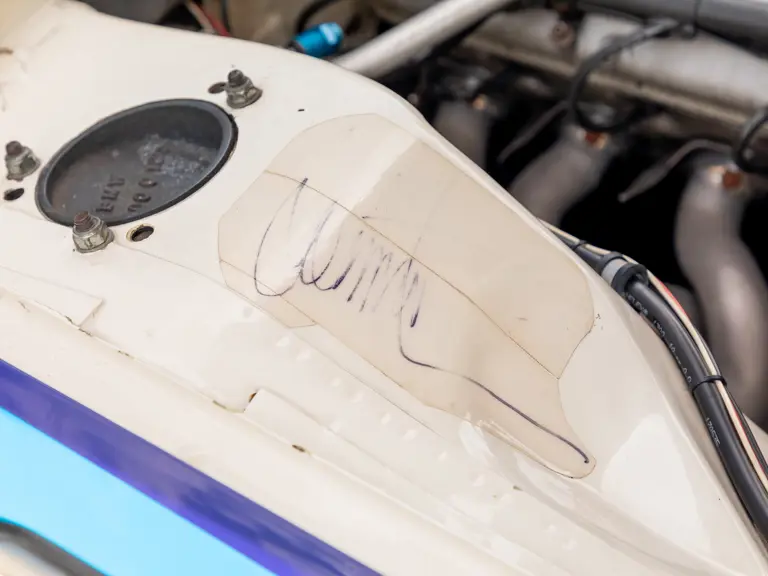
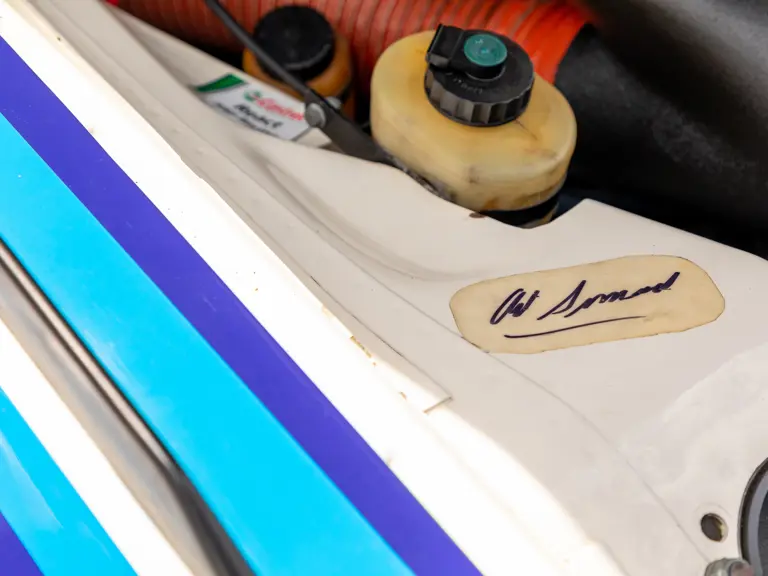
 | Monterey, California
| Monterey, California
